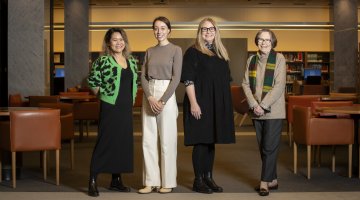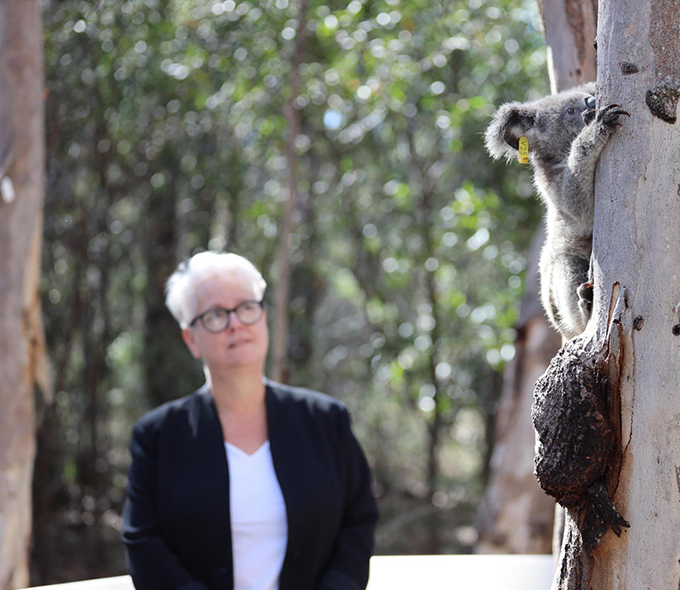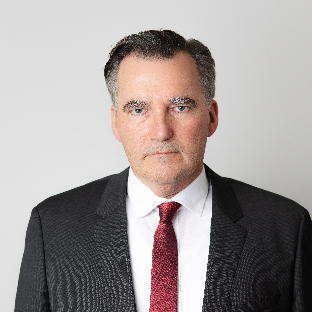The International Lead Poisoning Prevention Week of Action shines a global spotlight on the continuing and pressing need to end childhood lead poisoning and emphasizes the importance of safeguarding our most vulnerable populations from the dangers of lead exposure.
Lead is a toxic metal that is used for many purposes. It may be present in consumer products including paint, ceramic glazes, solder, ammunition and some traditional medicines and cosmetics. It can also be present in drinking-water systems.
Lead exposure can also occur through mining, smelting and recycling of lead in lead-acid batteries and electrical and electronic items. In some countries these activities can occur in and around the home, where children live and play.
“Exposure to lead is a hidden peril. It poisons our future, impairs young minds and jeopardizes lives,” said Dr Maria Neira, WHO Director, Department of Environment, Climate Change and Health. “The World Health Organization is calling on governments, communities and individuals to safeguard our children’s health and the health of future generations by taking concrete steps to end childhood lead poisoning and its devastating consequences.”
No safe level of lead exposure has been identified. It is well-established that even minimal exposure can lead to lifelong developmental and health issues, making the eradication of lead exposure a paramount concern for public health. Children are particularly vulnerable to the harmful effects of lead. Lead can cross the placenta, exposing the developing fetus, and young children may have higher exposure due to their innate exploratory behaviours, such as frequent hand-to-mouth or object-to-mouth activity, and smaller body size. Their rapid developmental physiology and sensitive stages of development can lead to more significant health outcomes. The developing nervous system is highly sensitive to toxic damage from lead. Children depend on adults to take actions that will protect them from lead in their environments.
Estimates by the World Bank in 2023 puts the global cost of the loss of intellectual capacity in children under 5 years at US$ 1.4 trillion, with the highest impact in low- and middle-income countries. The signs and symptoms of lead poisoning in children may easily be confused with general malaise, abdominal cramps or anaemia, particularly in low-and middle-income countries. Health care providers, in particular family doctors, community nurses, paediatricians, obstetricians and midwives, should be trained in identifying the sources of exposure and other risk factors for lead exposure and the prevention, diagnosis and management of lead poisoning.
“Health care providers play a crucial role in identifying lead poisoning in children and ensuring that necessary interventions are promptly provided,” said Lesley Onyon, Head of WHO’s Chemical Safety and Health Unit. “Once exposure to lead has been confirmed, the most important step is to remove the source of exposure.” To support this, WHO has published a series of training modules on lead poisoning detection and management. These training modules empower healthcare professionals to better serve their communities, helping to protect children and pregnant women from lead exposure.
Expanding the training of health professionals in core areas of environmental health, institutionalizing the practice of paediatric environmental history and empowering health professionals to be aware of possible sources of lead exposure, while improving access and availability to recommended nutritional and medicinal interventions, is key.
About the International Lead Poisoning Prevention Week of Action:
The International Lead Poisoning Prevention Week of Action takes place annually in the last week of October. It encourages everyone to take action, from individuals and families to healthcare providers, policymakers, and industries. This week serves as a platform for everyone to unite in the effort to protect children and pregnant women from the harmful effects of lead poisoning. The week’s activities include awareness campaigns, educational initiatives and advocacy for lead-free environments.








